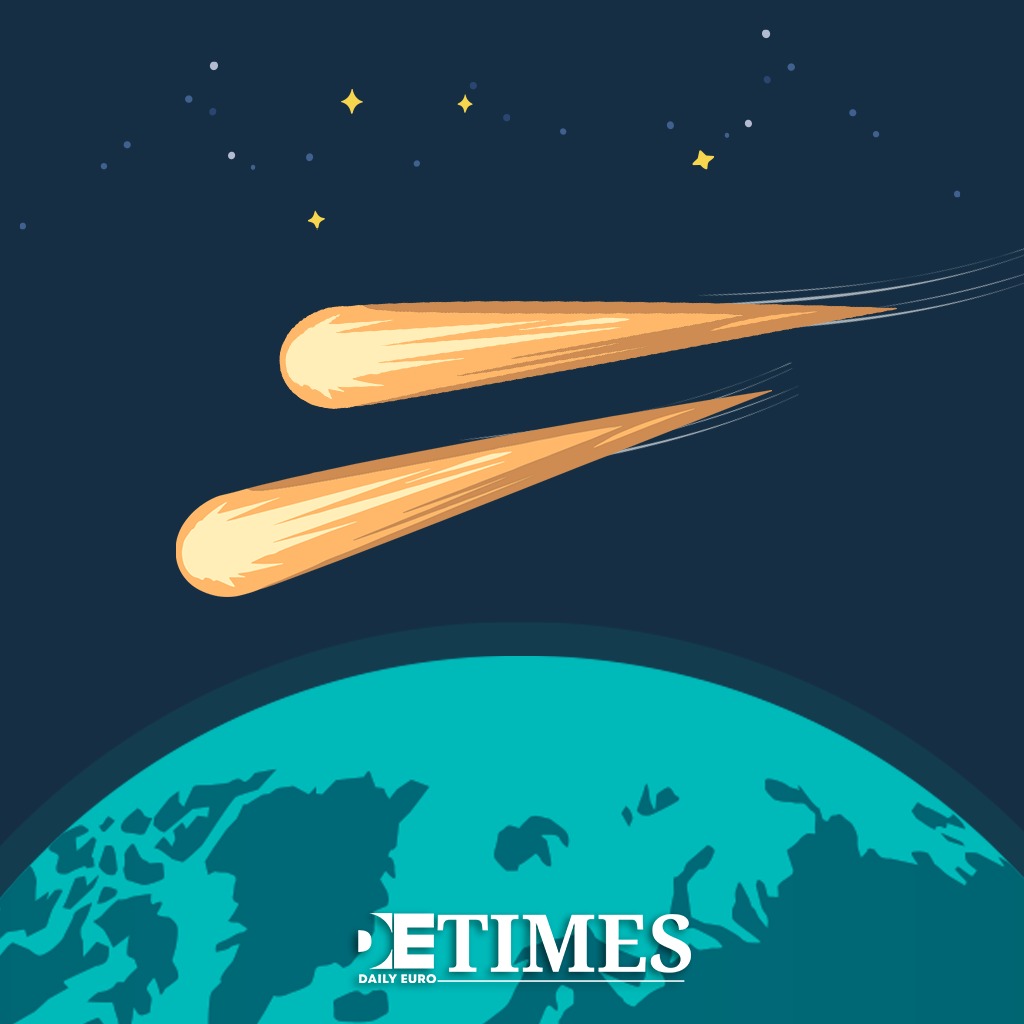In October 2025, two mysterious space travelers — C/2025A6 (Lemmon) and C/2025R2 (SWAN) — approached Earth almost simultaneously, offering an unusual opportunity to observe a double comet appearance.
Yet this celestial spectacle concealed a much deeper metaphor — the divisions and simultaneous need for unity in the global scientific community.
Different Levels of Access to the Miracle
In Western countries — such as the United States and the European Union — the event was celebrated as a celebration of science, with public lectures, observatory demonstrations, online broadcasts from NASA and ESA, and citizen observer participation.
Special guidelines and observation maps were developed for the dual event.
Meanwhile, countries with fewer resources, such as India, Nigeria, and Peru, more often encountered difficulties: poor skies due to lighting or atmospheric conditions, limited telescopic access, and fewer opportunities for bilateral participation.
Instead, enthusiastic observers relied on simple binoculars, open-source data, online broadcasts from other regions, and global open-access initiatives.
This difference in approach became emblematic: it wasn’t so much who saw the comets, but who could afford to see them.
Relevance for Science and Collaboration
Comets have long been viewed by scientists as remnants of the formation of the Solar System — “fossils” of the material world that preserve information about its early stages.
When two such comets appear almost simultaneously, it’s a rare chance to mobilize resources and attention. However, the availability of observations has proven uneven. Thus, the rhetoric of global science runs into practical limitations: equipment, education, infrastructure, internet access — all of these become barriers.
From the perspective of international science, such an event should symbolise not competition, but collaboration. After all, data exchange, joint transatlantic broadcasts, and open access to astronomical information allow “comets” to become a bridge between countries.
In other words, when one country sees more, its job is to ensure that others can see too. If access remains limited, it signals a growing gap.
USA, Europe: Resources, Infrastructure, Participation
The USA and Europe have extensive resources: university observatories, powerful telescopes, and public engagement plans.
For Comet Lemmon and SWAN, instructions on how to find them in the sky, maps, and apps were published.
Educational programs allowed schoolchildren and students to spend evenings observing, discussing, and taking photographs. This widespread participation reinforces a sense of belonging to global science.
India, Nigeria, Peru: Enthusiasm Despite Limitations
On the other hand, in India, Nigeria, and Peru, participants often operated with limited equipment. Binoculars instead of large telescopes, mobile apps, online broadcasts (for example, from foreign observatories), and data from open databases.
These observers often become examples of “citizen science” — science where access to the most powerful instruments is less important than motivation, network connectivity, and open sharing.
However it’s important to emphasise: their capabilities were limited — and yet they were still part of the global observation landscape.
Meta-agenda: Division and the Need for Unity
The symbolism of the double comet appearance reflects a growing rift: between those with access to the best instruments and infrastructure, and those forced to observe through digital broadcasts or with simple equipment.
Yet it is also a call for unity: for science to be inclusive, accessible, and open.
After all, if two cosmic objects can be visible almost simultaneously, why not strive to ensure that everyone can see them?
Impact for Global Scientific Collaboration?
- Open data and collaborative platforms: if comets can be observed online, why not make observational data and collaborative processing products continuously available?
- Local infrastructure and training: supporting observatories, even simple ones, in countries with fewer resources expands the participant base and creates new scientific citizens.
- Public participation and science for all: in both wealthy countries and those with fewer resources, public engagement—including schoolchildren, students, and amateurs—is essential. This isn’t just observation; it’s a cultural and educational strategy.
- Global initiatives: collaboration between countries, sharing equipment, experience, and data—results outperform competition. In space observations, the winner is the sharer, not the one who steals private access.
The double appearance of Comets Lemmon and SWAN is a rare celestial event and simultaneously a powerful metaphor. It demonstrates that science today is not only about discovery but also about participation.
It’s not about who sees, but about who can afford to see. And this is precisely what should become the growth point for the international scientific community.
After all, global events require global participation. And if we don’t strive for it, we risk creating not “science for all,” but “science for the few.”
Read the Latest Articles on DET!
From Sweden to Türkiye: The Stark Gender Divide in Unpaid Work
Social Capital Lives On: The Story of Germany and Russia
When the Angels Return: How Victoria’s Secret is Shocking the New Era of Beaut


